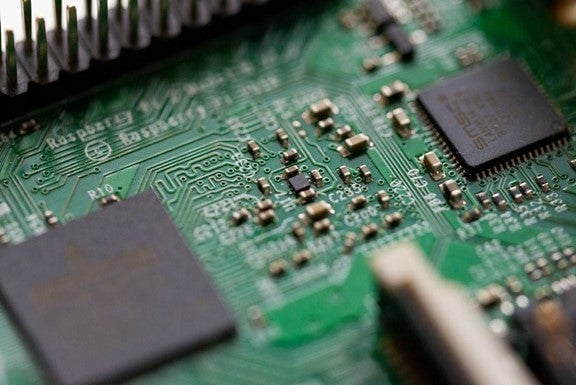
Electronic devices can become more vulnerable to a shortened lifespan and potential outright system failure without a reliable cooling system. As new technology emerges and evolves, businesses often find it challenging to find reliable, efficient, and durable cooling systems. In this article, we cover:
- Why cooling systems are necessary for electronics
- Piezo fans and why they’re a superior cooling system for electronics
- Industry applications that are ideal for Piezo cooling
- Why the Piezo fan and BOS1901 Piezo driver combination is a worthwhile investment for highly efficient and long-lasting cooling
Why Do We Need Cooling Systems for Electronics?
All electronic devices and circuits generate a lot of heat when they’re working because of electrical resistance. Electrical resistance is caused by friction that occurs when electrons move through materials that are typically crystalline due to a charge imbalance. This friction can release a lot of heat.
Electronic components like FPGAs, voltage regulators, graphic processors, power transistors, and high-power LEDs are some examples that generate a lot of heat. Microprocessors can attain temperatures as high as 212 degrees Fahrenheit.
The heat released by electronics needs to be regulated to prevent damage to its parts, ensure safety and longevity, and maintain optimum operating speeds. Cooling systems also need to fit architectural considerations, so not all cooling solutions are suitable for all environments.
Electronic devices on their own cannot regulate their temperatures, hence the need for additional cooling systems. As newer electronic devices enter the market, cooling system manufacturers are constantly challenged to develop advanced cooling systems that are economical and effective at regulating temperature through heat transference. Without adequate cooling, electronic equipment won’t last as long or meet its performance potential. Besides choosing the best solution, it’s also increasingly critical to select the most appropriate solution for your electronics.
The Difference Between Active and Passive Cooling
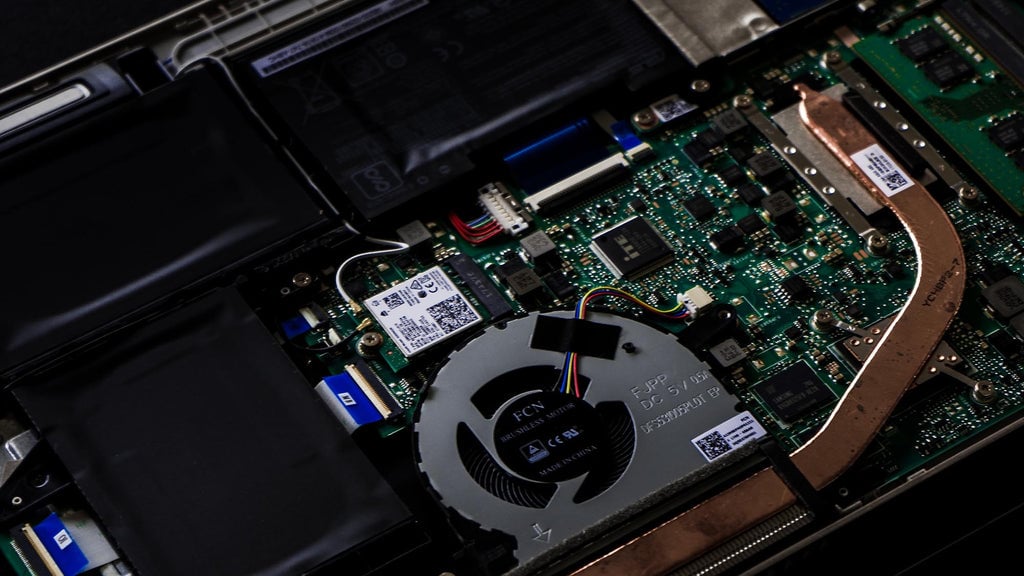
There are two main cooling systems currently being deployed for cooling electronics: active and passive cooling.
Passive cooling systems use a heat spreader to maximize radiation and increase convection heat transfer capabilities. These cooling systems can be very effective in cooling electronics by stabilizing their core temperatures and keeping them well within maximum permissible limits. The key advantages of passive cooling are that it’s economical and energy-efficient. Passive cooling systems transfer heat naturally and don’t need an outside element to facilitate the transfer.
Well-known passive cooling systems are heat sinks, heat pipes, and vapor chambers. Heat sinks, for example, lead heat away from the electronic components to the outside air through the use of heat-conducting material.
Active cooling systems are dependent on an external device to increase heat transfer. They are needed when the regular convection model of heat transfer isn’t sufficient. They typically use forced liquid, forced air systems like fans or blowers, and thermoelectric coolers. Because they need electricity to function, active cooling systems can cost more than passive cooling systems. Examples of active cooling systems are fans and specific liquids. CPU throttling is also considered an active cooling system even though it’s software used to reduce heat.
Active cooling systems are commonly used to cool down everyday applications like computers, gaming devices, televisions, and automobiles, as they release a significant amount of thermal energy.
Introducing Piezo Fans
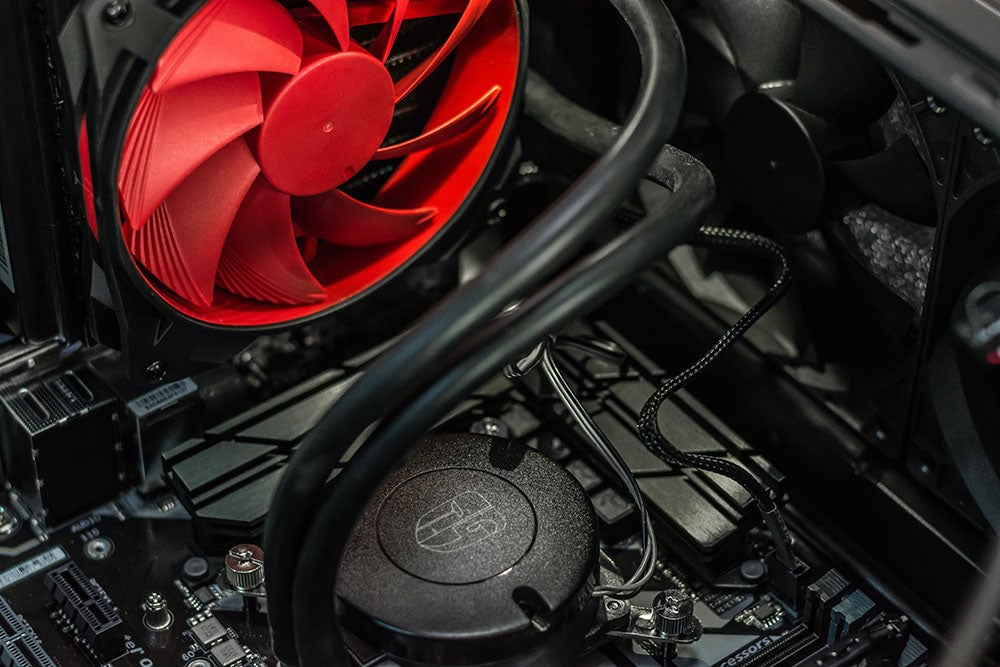
Piezoelectric fans, or simply Piezo fans, are solid, enduring, and dependable cooling solutions that work effectively even in extreme temperatures. Piezo fans can achieve superior solid-state forced convection capabilities due to the unique properties of piezoelectric materials coupled with their distinct sealing and lamination or packaging process.
Advantages of Piezo Fans and Why They Work So Well
Piezoelectric materials offer a high solid-state solution devoid of moving parts, lubricants, greasing, and other components that can disintegrate and lead to bearing-based AC and DC fan failures. In terms of packaging, Piezo fans and their parts are wholly covered by copper-etched polyimide or FR4 material.
Because high-strength epoxies are used to make the structure extremely robust, Piezo fans offer the distinct advantage of solid reliability even in dust-laden, corrosive environments or extreme weather conditions.
They are an excellent cooling solution for companies with any or all of the following stringent requirements:
- High reliability. The expected lifetime of Piezo fans is over 15 years.
- A thin form factor (the ratio of the RMS value to the average value).
- The ability to withstand dusty, corrosive, or extreme temperature environments.
- Minimal to no audible noise during usage.
Ideal Applications for Piezo Fan Technology
While Piezo cooling can be highly effective, they are more beneficial for some applications than others:
Telecommunications Equipment
Due to better reliability, telecommunications companies utilize large and hefty passive heat sinks over traditional fans. But passive solutions have their drawbacks. They are a power drain and can take up a lot of space, so they’re not often seen as the ideal solution. Within the context of this operating environment, where reliability and network uptime are paramount, Piezo fans offer some distinct advantages.
Piezo fans can sometimes offer longer lifespans compared to your traditional fans. They can also withstand harsh outdoor weather conditions, unlike conventional fans. Piezo fans are also quieter than conventional fans, making them an ideal solution for telecommunications companies where background noise can be a deal-breaker.
LED Lighting
LED lighting is another application where the reliability, resistance to dust and corrosive forces, and low noise output of Piezo fans make them stand above other traditional cooling options. An example is streetlights, where all of the above traits are essential to extending their longevity while maintaining optimal operational temperatures.
Aerospace Actuators
Piezo fans allow designers of aerospace actuators to save on weight and space required for cooling technology like the much larger passive heat sinks. This enables designers to save on fuel and increase the payload.
As with other applications, cooling technology requirements for actuators include high reliability, low noise output, and the ability to withstand extreme temperatures, rough weather conditions, aircraft vibrations, dust, humidity, and salt-fog, among others. Piezo fans offer a viable alternative to other forms of cooling technology.
Magnetic Resonance Imaging (MRI) Electronics
MRI is one application where traditional cooling fans provide no utility. The fans produce EMI (Electro-Magnetic Interference) output which interferes with the functioning of MRI technology. Piezo fans are the only potential option that checks all the right boxes.
Military Electronics
Military electronics have specific requirements in terms of temperature maintenance. Military technology is usually optimized for minus 67 to 257 degrees Fahrenheit. Traditional fans can maintain temperatures in the range of 68 to 185 degrees Fahrenheit, unlike Piezo fans which can function efficiently within the required temperature range. Piezo fans also offer durability, another core requirement for military systems.
While the advantages of Piezo fans are many, there is one disadvantage: they usually require a high-voltage driver, which generates a lot of heat if the power is insufficient. However, the development of the BOS1901 Piezo driver promises to help companies do away with this stumbling block altogether.
The BOS1901 Piezo Driver: A Piezo Fan’s Best friend
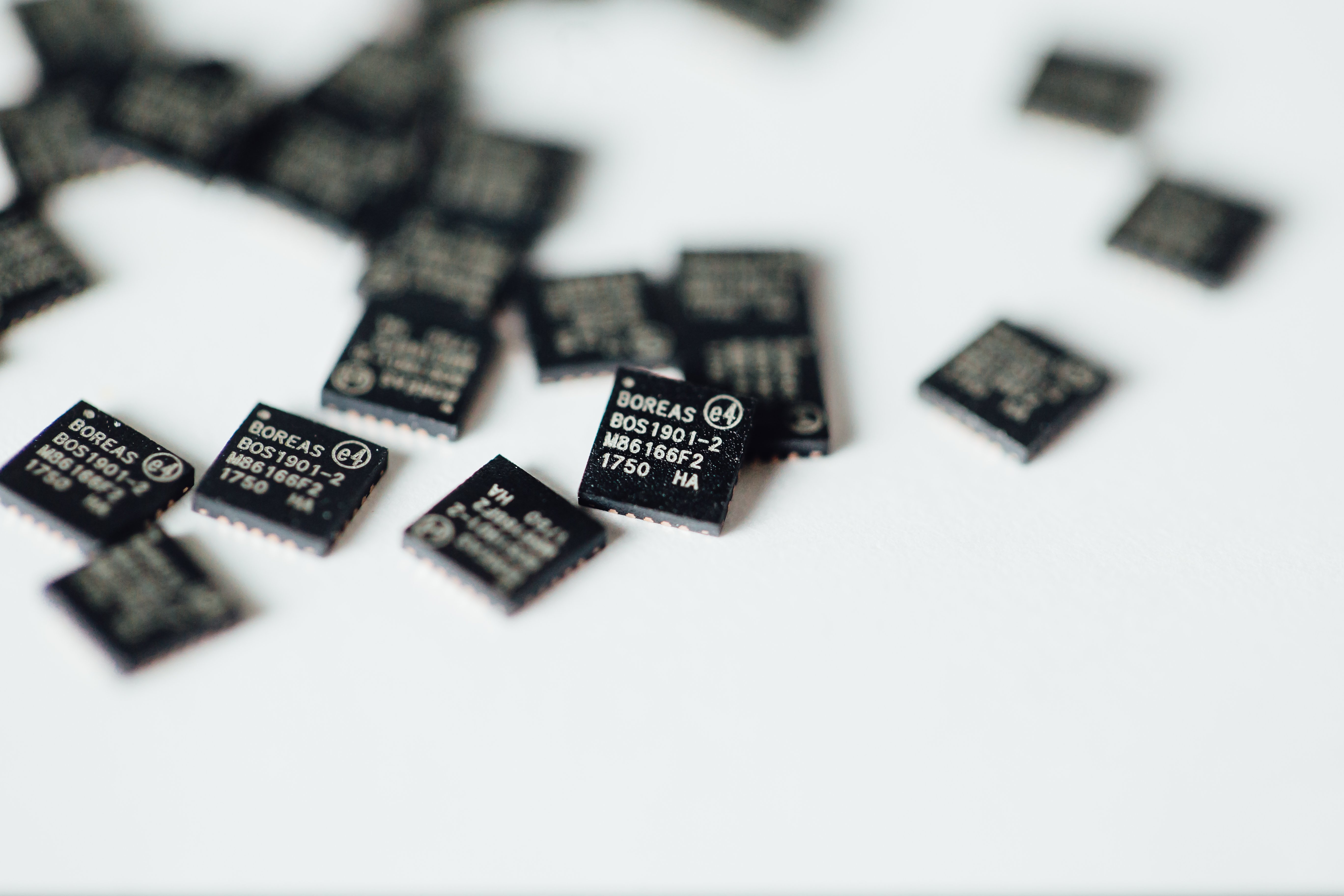
Boréas Technologies is named after a purple-winged god of the North Wind. Legend has it that his icy breath could chill the air during his flights in the mountainous region of Thrace.
Boréas Technologies’ proprietary CapDrive™ Technology was designed first for Piezo fans. The goal was to create Piezo drivers that could power Piezo fans continuously while staying cool themselves.
The BOS1901 is a scalable high-voltage Piezo driver architecture that uses up to 10 times less power than the nearest competitor Piezo driver on the market. Because the BOS1901 is remarkably power-efficient, it’s also dissipate minimal heat, so the question of overheating doesn’t arise.
The technology has been designed from the ground up, especially for piezoelectric haptic actuators, to deliver the best performance with the lowest power consumption. This, in turn, keeps Piezo actuators functioning at their best.
Wrapping Things Up
The combination of the Piezo fan and the BOS1901 Piezo Driver helps maximize the fan’s capability while eliminating the efficiencies in heat transfer. In an industry first, The CapDrive™ Technology has achieved the lowest possible power consumption while delivering impressive performance, reliability, and longevity.
Learn more about the BOS1901 Piezo Haptic Driver here. Alternatively, schedule a meeting with our experts if you would like to learn how our technology can help you optimize your electronic use, attain efficient power usage, and effectively control maintenance costs long term.

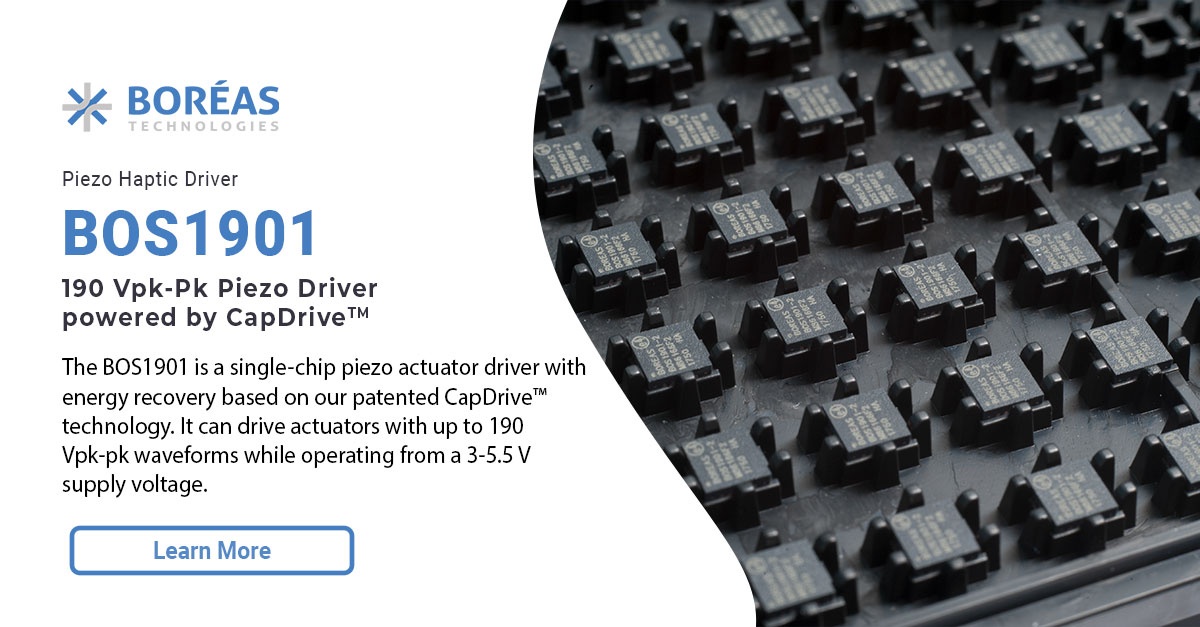
Leave a comment